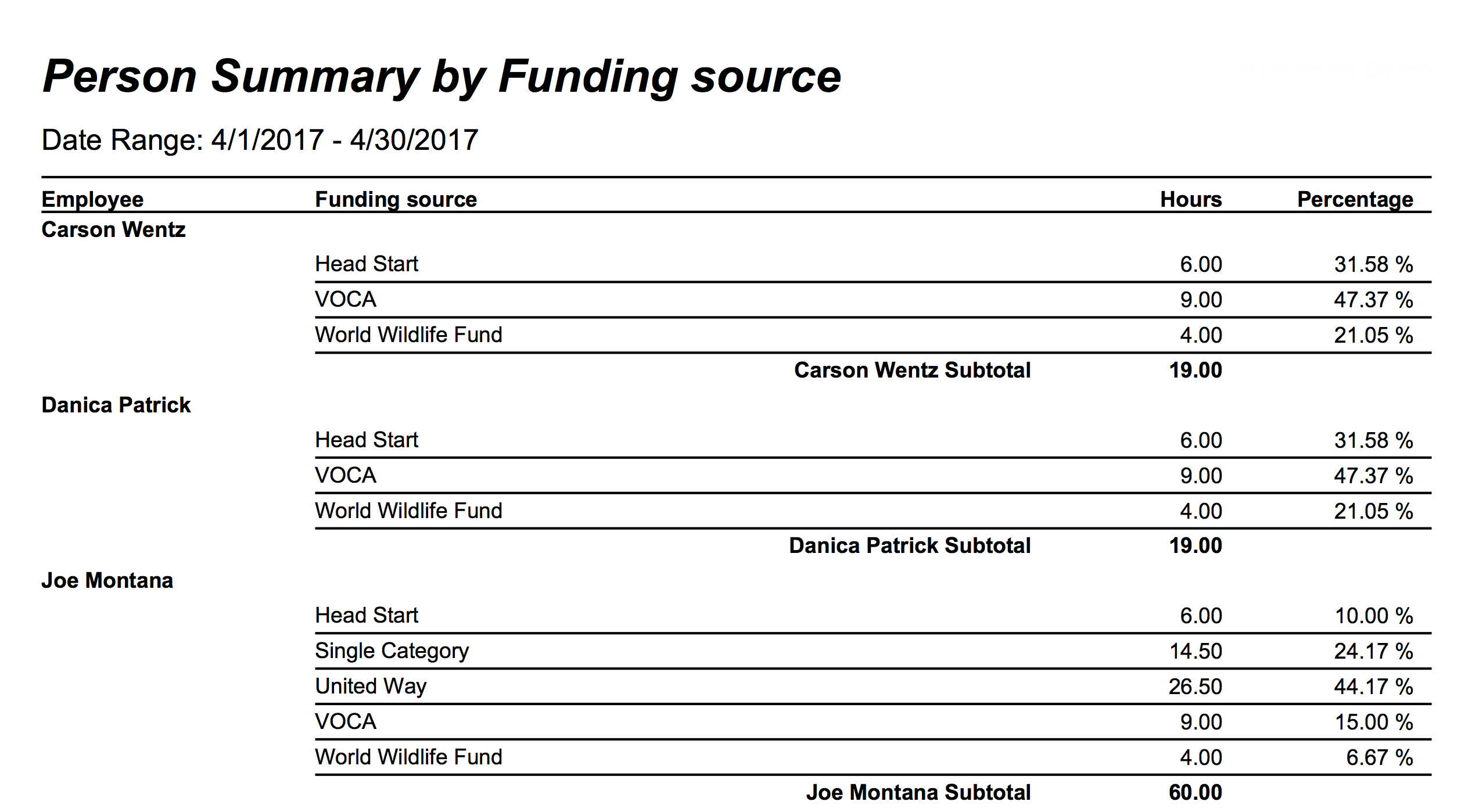Nonprofit Overhead: How to Reduce Costs to Zero Today
Table of Contents
“We can reduce our overhead to zero today,” I said to my finance committee member. At the time, I served as the executive director of a nonprofit organization in financial crisis.
“We’ll just let everyone go and stop operating,” I continued. “Our overhead will be zero. It’s simple.”
My finance committee member stared back at me as my point sunk in.
If zero overhead is the goal, you can achieve it immediately: shut down. Your organization’s overhead goes to zero. But now, zero overhead also means zero mission impact. That’s rarely a desirable goal for a nonprofit.
So, what’s nonprofit overhead?
However, a focused look at an organization’s overhead does make a lot of sense. Generally, people used the term “overhead” to refer to what the Financial Accounting Standards Board (FASB), defines as “Management and General Activities: Supporting activities that are not directly identifiable with one or more program, fundraising, or membership development activities.” (See page 11 of this FASB document.)
Often, portions of an executive director’s time fit the definition of overhead. For example, consider how to categorize the time that a leader of a homeless shelter takes to attend a meeting of the local housing commission. Is the time spent at that meeting directly identifiable with a program, fundraising, or membership development activity? Likely not. Since it’s indirectly related, the executive director’s time at the meeting might be classified as overhead.
Nonprofit overhead: 100% and 0% produce the same results
Think of the absolute worst case: An organization with 100% overhead. By definition, that would mean that ALL of the organization’s resources were spent doing things not directly related to the organization’s programs, fundraising, or membership development activities.
Notice that 100% overhead and 0% overhead produce the same problem: No work directly related to the mission of the organization gets done. For me, that’s a strong signal that overhead alone can’t be a useful measure of results. (And there’s data to support that conclusion: The headline results of one study indicated that low overhead did not equal greater efficiency.)
Reasonable actions
So, what’s the right overhead percentage for your organization? Somewhere between 0% and 100%. Beyond that, I can suggest that every nonprofit organization benefits from an on-going rigorous consideration of “Management and General Activities.” From my more than 20 years working in various portions of the nonprofit sector, I’ve found the following five practices helpful.
1. Track time and costs
I dislike time tracking as much as anyone. But I’ve learned to do it, mostly by adjusting my Google Calendar to accurately reflect my activities. When I managed consultants, we always entered time in an online system, which made time entry easier and more accurate. In most nonprofit organizations, the cost of people’s time is the organization’s biggest expense.
And look for an accounting system that allows you to tag expenses, so that you can evaluate revenue and expenses in multiple ways. For example, supplies used in a youth program delivered in a school might be tagged with a category (supplies), a program (community engagement), a place (zip code), a funder (xyz foundation), and a client demographic (high school youth).
2. Allocate accurately
An organization’s leaders need to understand what people do with their time. In some cases, a bit more money spent on technology can significantly reduce staff time spent on some activities. For example, an easy-to-use database that creates a necessary report might eliminate staff time previously spent compiling information across many spreadsheets.
You also need to fully account for the cost of meetings, which often consume staff and volunteer time. I’ve worked with organizations that radically changed how they work after they attached a more accurate cost to people’s time.
3. Eliminate off-mission activities
Make sure every event and activity the organization engages in is either a) mission-related, or b) produces clear benefit in support of the organization’s mission. Too often, I’ve seen organizations engage in “fundraising events” that fail to actually revise funds, or participate in programs that only tangentially relate to the core mission of the organization. Stopping these activities often helps reduce overhead, while also freeing resources to increase mission-focused activities simultaneously.
4. Share more data, not less
If people only have one number to consider — overhead — then that’s the only metric they can use to measure an organization’s impact. Most nonprofit organizations measure many other things: people helped/served, cost per person helped, volunteer hours, visitor/member counts, total program costs, satisfaction ratings, and on, and on, and on.

Unfortunately, most nonprofit organizations also limit access to this data to staff and/or board members. That’s a mistake. I’d love to see nonprofits follow the example set by the for-profit startup, Buffer. Think you can’t publish salaries, revenue or expense data? Think again. Take a look at Buffer's transparency page. You’ll see salary information, revenue data, pricing data, diversity info, a product roadmap, and more.
5. Never value measurement more than your mission
Keep in mind that the reason your organization exists may not be easy to measure in traditional business metric terms. For example, a symphony orchestra administrator may easily count the number of people sitting in seats in a performance hall. But when the symphony streams performances live, counting gets complicated. You can count the number of simultaneous streams, but the reach may likely be more, since there may be more than one person watching a stream.
And things that matter may not be easy to measure. What is the measurable value of instilling a love for the arts? Or reading? Or helping a person in crisis? Never forget that the focus of a nonprofit organization is on solving a very human problem. In that context, it will always be a mistake to prioritize metrics over mission.
If you want to learn more about nonprofit overhead, overheadmyth.com has a great selection of resources by some of the leading organizations in the field.
Andy Wolber (@awolber) serves as a technology consultant to nonprofit organizations and writes about Google as a contributing writer for TechRepublic. Previously, he has served as an executive director for NPower Michigan and, earlier in his career, the Dallas Historical Society. He's taught a course on Nonprofit and Government Technology for Grand Valley State University and holds an MBA and MA from Southern Methodist University.
Instant Grant & Fund Reporting. Powerful Program Insights.
Learn how you can keep your funding and goals on track with time tracking software built for nonprofits.
You May Also Be Interested in

Billable Hours vs. Non-Billable Hours: How to Get Paid fo...

Against All Odds: How Accurate Data Helps PR Firms Nail T...

Adjusting for Inflation: How to Increase Your Service Pri...
STAY UP TO DATE
ClickTime Newsletter






